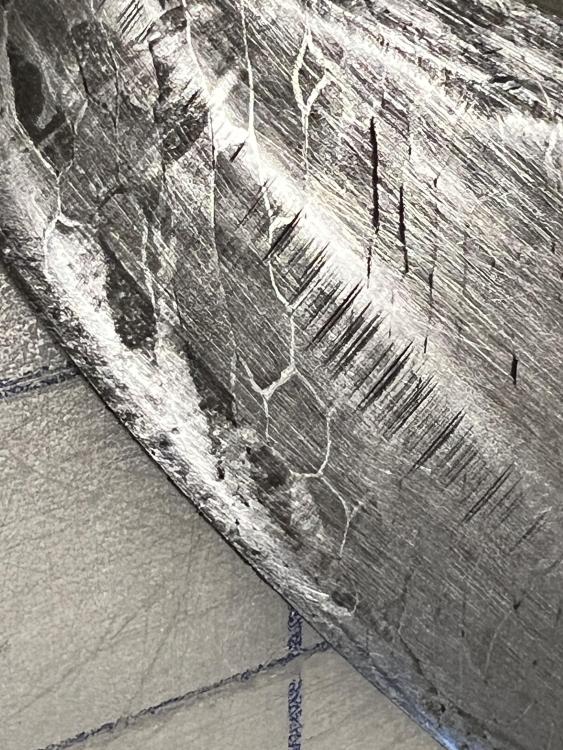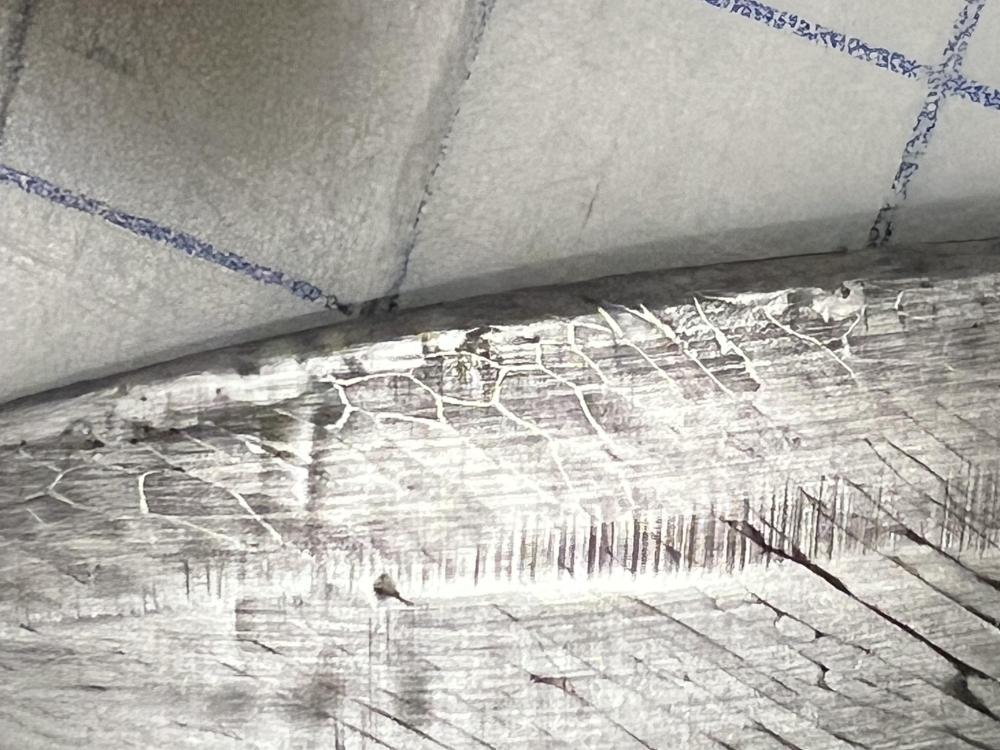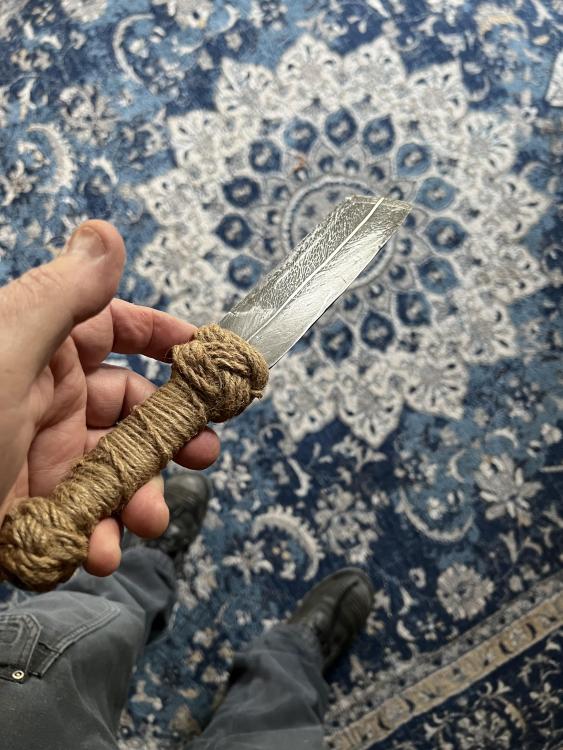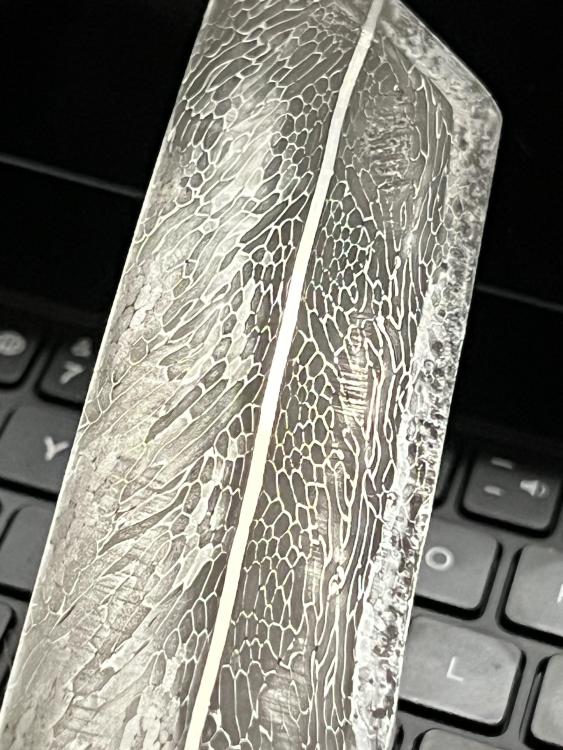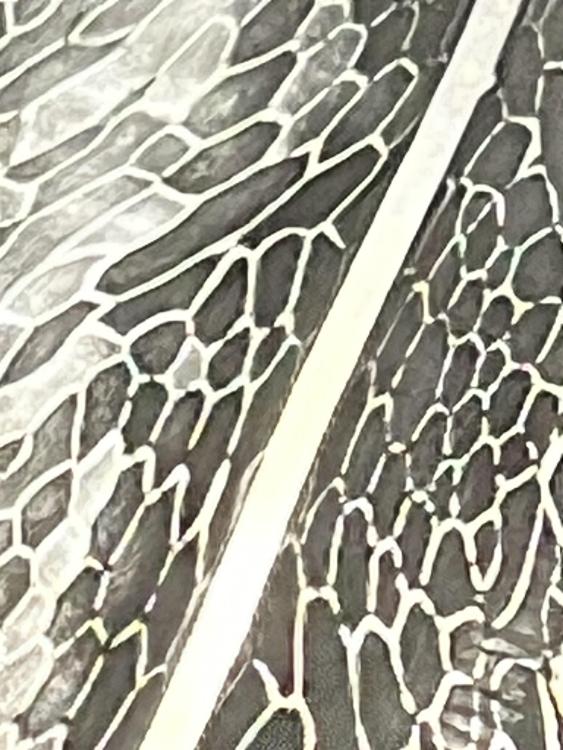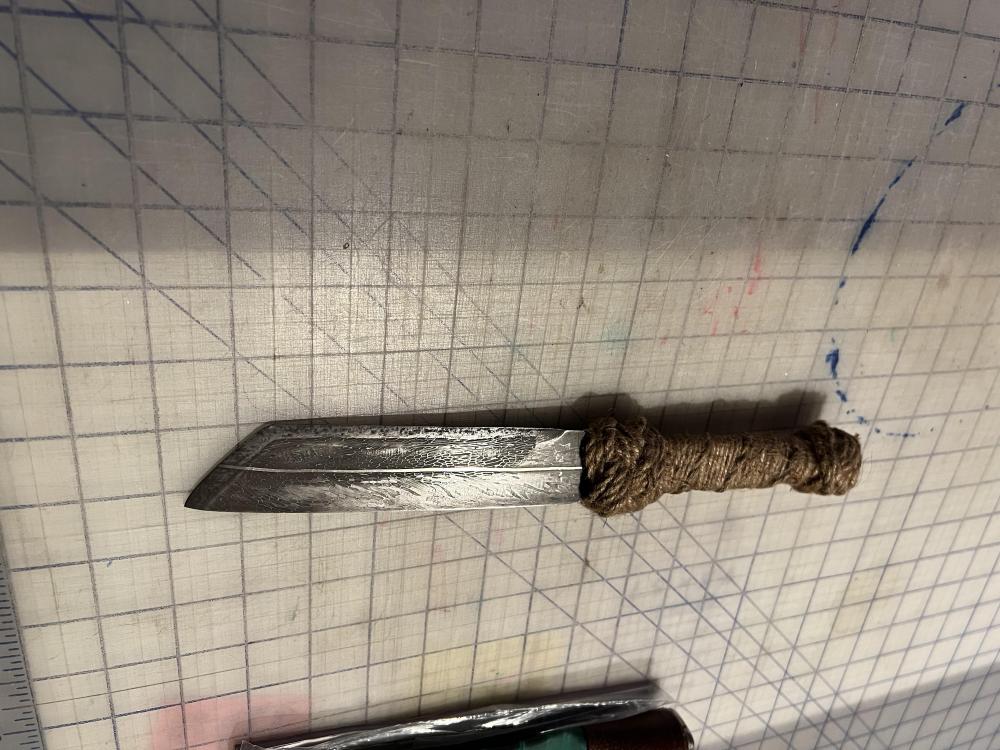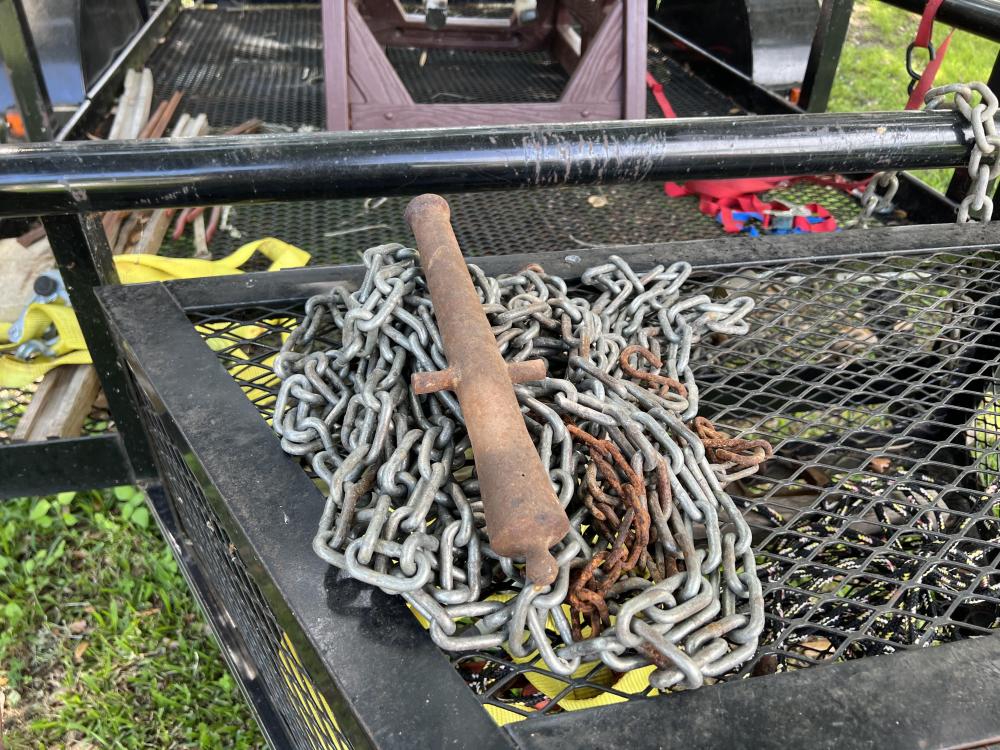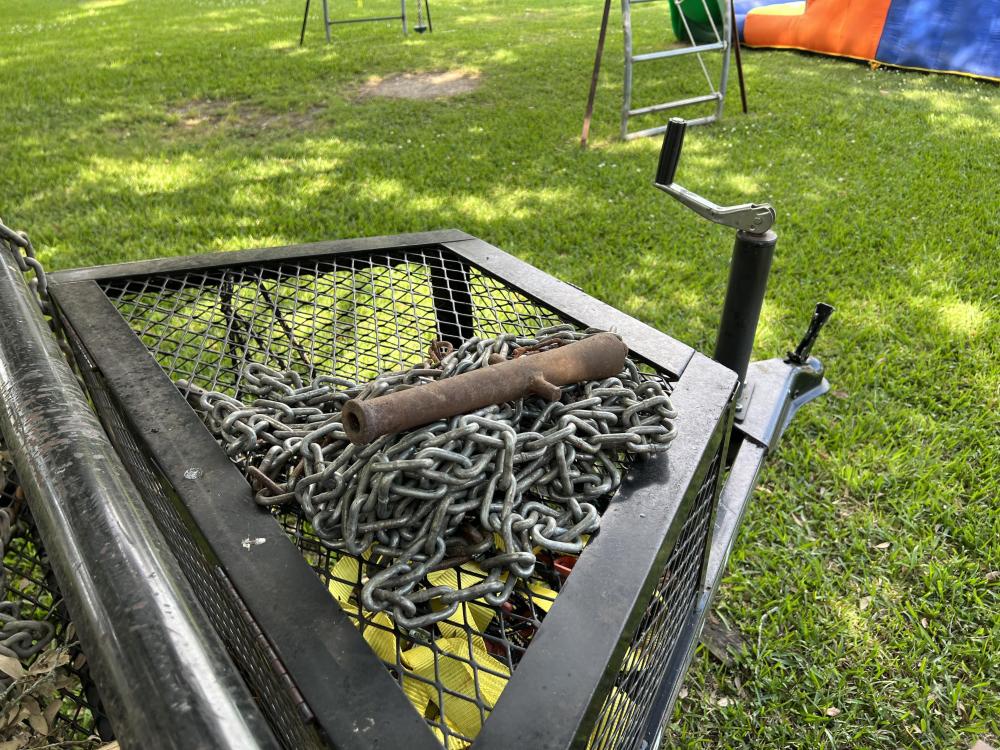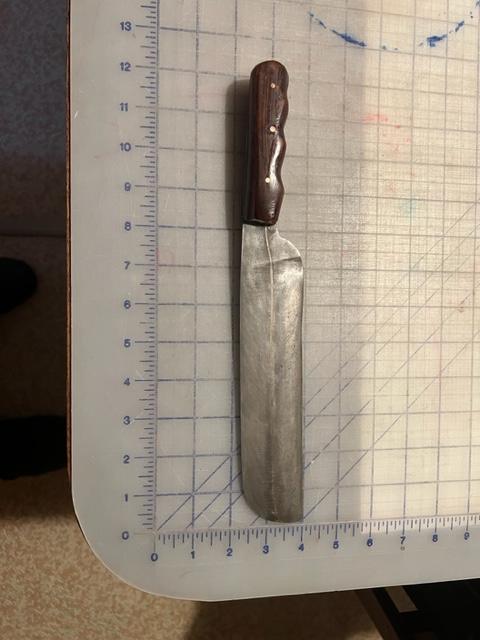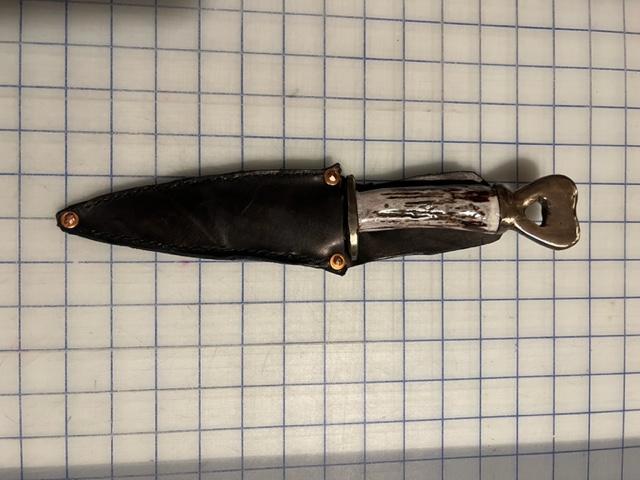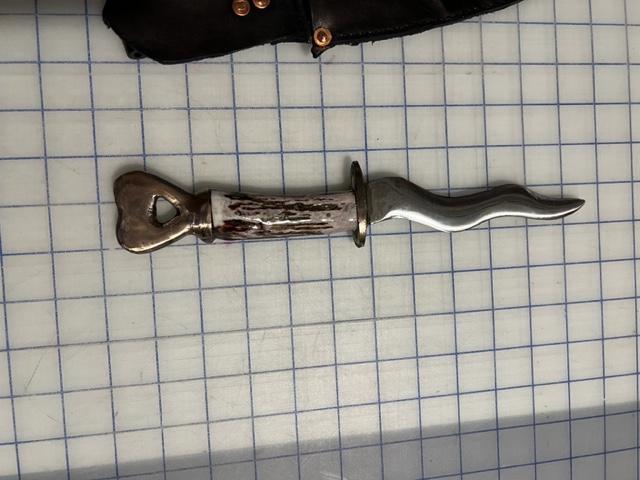-
Posts
421 -
Joined
-
Last visited
Content Type
Profiles
Forums
Articles
Gallery
Downloads
Events
Everything posted by Purple Bullet
-
Contracts by DARPA to create ARPANET were issued in 1969. That was just remote access, I believe, but was the first step to the web as we know it.
-
I won't say there is no cause for alarm, yet the current AI hype smells an awful lot like 1999. I was in IT for a major oil company at the time and had a continual anger burn against all the folks scaring old folks into buying bushels of wheat (that rotted in their garages) and lifeboat rations that were barely palatable. Was there a lot of stuff to fix for Y2K? Yes, but it was pretty easy (although tedious) to do so. I even had to fix a billing program I wrote in the '70's for a garbage collection company originally on a CP/M system using a database called "Condor" Frosty - I'm not saying it ain't so, but I doubt the wrecking company was on the Internet. They may have had a dedicated line but most databases back then were accessed via dial-up modem. Not the same as Internet Protocol. I can remember in the '80's constructing Boolean searches offline to use on Dialog - Lockheed's collection of databases - then dialing up to zip the query and download the response to minimize online and long distance charges.
-
Before I retired my chem -e job for a major oil company, I tried to get them to buy our group a Thermo Fisher XRF handheld. It was a little over $20 grand (US) at the time. It would have paid for itself quickly considering what we paid labs for analysis.
-
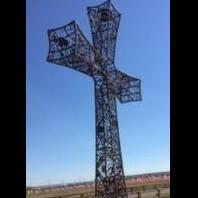
What's your latest blade look like? Post em and let us see.
Purple Bullet replied to HondoWalker's topic in Knife Making
Well I tried it on my first cable knife with a piece of nickel welding rod hanging next to the blade. This was made with larger cable and wasn’t consolidated as well. I don’t know if proximity influenced the results but I DID see some plating on some interstices. I may have also had some interference from brass and copper that was on the blade. -

What did you do in the shop today?
Purple Bullet replied to Mark Ling's topic in Blacksmithing, General Discussion
Jason - I've never tried those, but every June - July my camp in Osyka, Ms produces copious quantities of chanterelles. -

What's your latest blade look like? Post em and let us see.
Purple Bullet replied to HondoWalker's topic in Knife Making
No, the left lay and right lay sections were consolidated on my inertia press separately, then I placed a strip of pure nickel (99%) between the two billets and forge welded them together. I drew it out with my 50# LG. The reason one side is darker than the other is because I edge quenched it. I put wax on the edge to protect it and etched for 24 hours in a coffee/muriatic acid mix. If this is repeatable it might be nice since most cable doesn’t take much of an etch. -

What's your latest blade look like? Post em and let us see.
Purple Bullet replied to HondoWalker's topic in Knife Making
Trying to get another knife to another nephew. Feather cable with nickel has become my “signature “ blade. I noticed that it appears during etching that nickel might be plating on the interstices of the cable welds. Steel is anodic relative to nickel so that doesn’t make sense unless the interstices are perhaps more passive. Anyone seen this before? I might try a regular cable blade electrically connected to nickel and see what happens. The handle is jute. Turk’s heads on either end and “rail wrap” in between. It’s too big for my vacuum chamber but I’m going to stabilize in UV resisting epoxy. Somehow. -
Wow! That is a bead stash! Cool to have your own laser engraver, too.
-
This has been kicking around my shop for awhile. I made it from schedule 80 1/2” pipe many years ago while standing by on an offshore drilling rig. I originally made a naval carriage for it but my brother (now deceased) wanted a field carriage. The wagon wheels were a lot harder. In fact it never got done.
-
Had a spider inside my diving helmet (Miller 400) way back when, on one of the rare occasions that I could actually SEE something (~75% of my diving career, once you got to where you were to work, opening your eyes was an act of futility.) He was well behaved, but wanted out. I accommodated him by pulling the neck dam open and opening the demand bypass wide open. Helmet nearly came off my head, but the spider ended up as fish food.
-
... or a spider or some other critter that hid under the seal.
-

What's your latest blade look like? Post em and let us see.
Purple Bullet replied to HondoWalker's topic in Knife Making
Haven't posted for a while. Went back to school to learn some audio engineering. Louisiana waives tuition for us old guys. Then I traded in my Yamaha Super Tenere (which must have gained some weight some how as I used to be able to pick it up by myself) for a BMW R Nine T and had to build a luggage rack/sissy bar and get used to riding it. However, I have more nephews to supply with blades. This chopper is feather cable Damascus with a pure nickel accent stripe in the middle. The handle is Osage Orange root, vacuum stabilized with UV resistant epoxy with a final coat of tung oil. I'm hoping to get one more done before I go in for ankle fusion surgery in a week and a half. -
Heh, heh - try welding under water! We would wear rubber gloves and try to keep the ground on the far side of the weld. The dive-tender had a knife switch, and every time I called for him to "make it hot" I'm convinced I lost some fillings from my teeth. Probably plated the inside of my bronze hat. My brother (passed on ~5 years ago) once told how he had hold on a crane line when lightning hit the boom. He said it would have knocked him down except that his boot nails welded themselves to the barge's steel deck.
-

making bronze
Purple Bullet replied to GhostTownForge's topic in Smelting, Melting, Foundry, and Casting
One more word of caution: DO NOT set up for casting on a concrete floor. When molten metal lands on concrete it causes the moisture in the concrete to turn to steam and the result is concrete shrapnel WITH drops of molten metal erupting from the floor! -

What's your latest blade look like? Post em and let us see.
Purple Bullet replied to HondoWalker's topic in Knife Making
I like the tubing rivets as well. I'm going to have to try that on my next knife. -

What's your latest blade look like? Post em and let us see.
Purple Bullet replied to HondoWalker's topic in Knife Making
I'm recovering from carpal tunnel and trigger thumb release surgery on my right hand so I haven't done much in the shop, but just before the surgery I gave up on improving the knife I made for my grand daughter. I'm not entirely happy with it. Instead of casting silver guard and bolster, I brazed on brass and copper respectively. Then I tinned it all with silver solder. Then, realizing she probably wouldn't want to polish it every week or so, I gave everything but the blade a few coats of UV resistant epoxy. I wish I hadn't buried the heart scrolls on the pommel in silver solder but once I got to tinning it was hard to stop. Like many knives, I think the goal is to be so menacing that it will never have to be used. That is my hope anyway. But if needed it WILL CUT! -
My first forge was a home made coal forge using a Champion hand crank blower. My second was an antique forge that had a clinker breaker. Then there was a long hiatus while I went through several careers until I retired. I built a forced air propane forge using a helium tank. I welded a 1/2” square bar to a length of 1-1/2” pipe and drilled a haphazard line of holes in it for a ribbon burner. One end of the pipe was capped and the other had the gas jet. I used a shop blower from Tractor Supply with a rheostat to control it. On the box with the rheostat pot I also had a switch that operated a solenoid that turned on the gas. It was a fail-safe that would shut off the gas when power was lost. Between the regulator and the rheostat I had excellent control. It was noisy, but I liked it. The problem was when the coating started to break down. I kept hitting it and making little breaks. I’d used all the coating I had in construction and kept forgetting to buy more. Instead, I started wearing dust masks while using it, then a half face respirator. At one point I thought this is silly, and dismantled it. I was using an induction forge by then (I need to get around to fixing that thing) and had built another coal forge. The thing that sold me on the Mr. Volcano was the fact that the blanket they use is made of fibers that are a lot safer even if the coating breaks down. Of course they give you enough coating to repair it a few times and I’m not saying to not exercise caution and avoid breathing those fibers, but I feel better about the safety of this rig than the one I had. I bought the two burner and used part of the fire brick that came with it to make a plug for the rear burner. I’ve welded cable a few times in it although I still prefer my coal forge for welding cable. Very rarely have I fired that second burner, but I’d rather have it and not need it than need it and not have it.
-
How to go about that might be worth another thread, but I thought I’d mention something that may be a good replacement for the screw and screw box. Back when I was diving, we did a repair on the Old River Control Structure that fed the Atchafalaya River from the Mississippi. We used something called doo-wah dag bolts to fasten down 20 ft X 20 ft steel plates over damaged concrete from the base of baffle blocks to a stilling basin wall. The cavity was then trimmied full of grout with millions of steel needles. We used rock drills (a real bear to use underwater) to drill into that super hard concrete. Then we put “sausages” of epoxy with a strip of activator in the hole, forced in a length of rebar that had ridges on either side that actually formed very coarse threads. We spun that with an impact wrench to mix the activator and let that set up. The nut had a rounded bottom and the washer (made from 2” thick 4” square steel) had a cup machined into it that the nut fitted in. If you could find those it would make a real good replacement screw and screw box. BTW, the next year I went back to inspect it. Most of the 1/2 in thick steel plate had been ripped up by the current like so much tissue paper. The grout underneath was smooth and sound.
-
TW, If you go down the river to 30 Deg 3 Min 58 Sec N latitude give me a shout and I can meet you on the levee. However, if you are going to Lafayette, you’d do better to put in at Baton Rouge. Actually, there may be locks from the Mississippi to the Atchafalaya. That could get you as close as Butte la Rose. Back in my diving days I worked on the Old River control structure feeding the Atchafalaya. One of our tenders saw a small tugboat come through one of the gates. They never recovered the bodies. As low as the river has been it might be navigable, but I wouldn’t advise it. Just saw Thomas’ reply so I guess its moot - unless you are up for an adventure for its own sake. You must get tired of sailing those same seven seas all the time.
-
I tried a DPS on a donated surface grinder. Smoked it. The problem (I think) was that it was trying to run a three phase motor AND being transformed back to single phase for the oiling system and the magnetic chuck. Solution? I got a VFD for the grinder motor and ran separate circuits for the single phase stuff.
-

Secondary burn system ?
Purple Bullet replied to Riri's topic in Solid Fuels: Coal, Coke, Charcoal, Wood, etc
Just a few details on what (at least I think) are "good fire management" skills: If you want to minimize smoke, always have a visible flame. I start my coal fire with a handful of charcoal and a mapp torch. I use a hand crank blower and I start slow and slowly push heaped up coal from the sides in amounts that will not smother the flame and cranking briskly. I find that I can get a really good fire going without hardly any smoke. This usually results initially in an oxidizing fire. Usually, you want a reducing fire, so then you slow down the blower and build up over the fire using your water can to wet down the sides. This creates a shell of coke in which your fire burns and most of the oxygen is consumed. As the coke is consumed you have to pack in the sides to feed the fire. This will cause cracks in your coke wall where the fire tries to break through so you repeat the process, coal, water, pack. I am by no means an accomplished smith and some of the others on this forum may have better explanations, but this has worked for me. (Mostly for welding cable.) What I find strange is that I hardly ever see the watering can being used in videos and I use mine a lot to control the fire and conserve coal. If you live where coal is cheap and readily available I guess you develop different ways of working. -

What did you do in the shop today?
Purple Bullet replied to Mark Ling's topic in Blacksmithing, General Discussion
Indeed it is, John. I'm going to have to try one of those myself although I'll have to wait until I find a suitable ball peen. I couldn't give up any of my current ones. -

What did you do in the shop today?
Purple Bullet replied to Mark Ling's topic in Blacksmithing, General Discussion
Da. I've heard similar sayings. However, I believe that in the next world we won't have the need of rest and бог will have many interesting things for us to do! с Новым Годом. (BTW I don't really know how to speak Russian, just a few words.) I really do admire your work, though. -
Frosty - Yeah, I've tried that. The only problem with doing that is the cable generally has a natural curve that can be inconvenient to work with. Also smaller diameters tend to flop around. Since I'm forge welding two billets together I start with smaller diameter cable (~5/8" - 3/4") and since I HAVE to weld up one end, welding on a 3/8' rod on the other for a handle is no big deal. Each to his or her own.
-
As another exploiter of earth's bountiful resources, I can second Georges' wise counsel. While not absolute, it is helpful to look at how the cable in question was used. If it is "standing rigging", that is guy wires or otherwise something that doesn't move (including walkway railings) it is likely galvanized. Elevator cables, tuggers and crane lines usually are not galvanized but depend on a heavy coat of grease for corrosion protection. Tuggers (winches) can have right hand lay or left hand lay cable. I believe most elevator and crane cables have a core lay and outer lay opposite of each other. I've never used this kind of cable for Damascus. I'm sure it could be done, but the way I work, my first pass at welding is actually putting a super twist on the cable in the same direction as the lay, then I lightly hammer or press in a V block. Second and third heats get progressively harder hits. A dual lay cable would be unravelling in one direction or the other. You can get a nice feather pattern by using a right hand lay billet and welding to a left hand lay billet. I buy my cable 10' at a time from a rigging supply. They were nice enough to give me a drop off that I made my first cable Damascus knife from. If you want to try the feather cable, make sure the right hand and left hand cable are of the same size and alloy. Even minor differences like country of origin of (reputed to be ) the same alloy can show up in the finished product.

